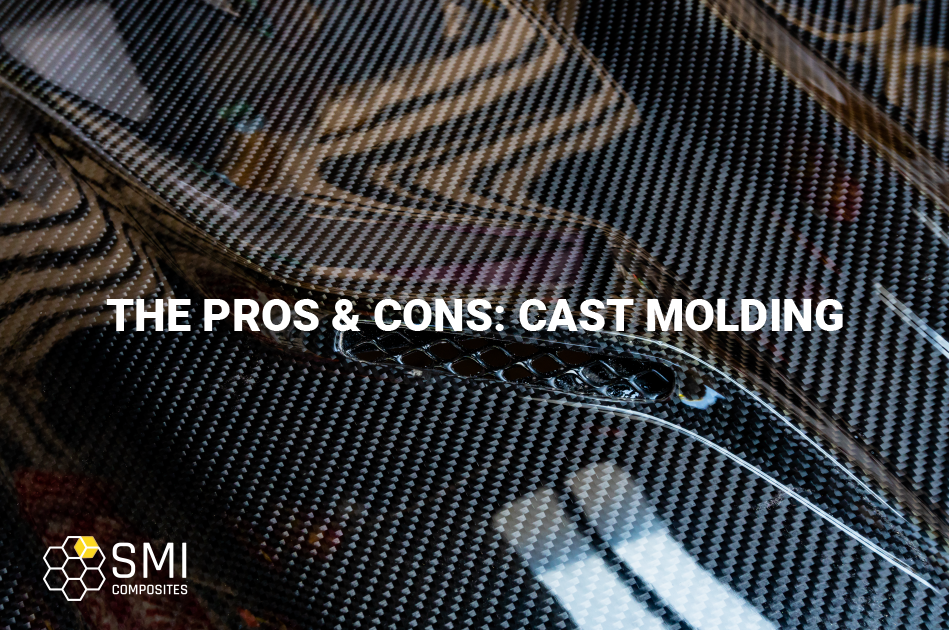
Projections expect the casting market size to be worth $352.65 billion by 2024. The growth of the automotive and aerospace industries is driving the demand for cast molding products. These industries require high-quality and durable parts.
If you’re ready to learn the pros and cons of cast molding, read on.
What Cast Molding Is and How It Works
Cast molding is a manufacturing process in which you pour molten material into a mold and allow it to cool, forming a solid shape. The term “casting” can refer to the process itself or the resulting object. Therefore, including:
Slip
You make this by pouring a liquid casting material, such as plaster, into a mold. The material then hardens, allowing you to remove it from the mold.
Resin
Made by pouring liquid resin directly into a mold, the resin then hardens, forming a solid shape.
Sand
You make this mold using a mixture of sand and a binding agent. The mixture is shaped around a pattern, which is then removed.
Used for various objects, Cast molding is perfect for everything from engine parts to kitchenware. In addition, technological advances are becoming increasingly versatile, allowing for the creation of ever-more intricate designs. As a result, will likely remain an essential part of manufacturing for years to come.
The Pros
There are many advantages to using cast molding. Here are some of the most significant:
High-Quality Products
One of the main advantages is that it can produce high-quality products. This is because you can pour the molten material directly into the mold, resulting in a precise and consistent shape.
In addition, you can make the mold fit to very tight tolerances, minimizing any potential defects. As a result, products created are often of a higher quality than those made using other methods.
Cost-Effective
Another advantage of cast molding is that it can be pretty cost-effective. In many cases, you can reuse the same mold multiple times, reducing the production cost. In addition, the process is often relatively quick and easy, reducing the price per unit.
Flexible
Cast molding is also quite flexible, allowing for the creation of various shapes and sizes. In addition, the process can be easily customized to meet the specific needs of each project. As a result, it is an excellent choice for a wide range of applications.
The Cons
Despite its many advantages, cast molding does have some disadvantages. Here are some of the more noteworthy:
High Initial Cost
One of the main disadvantages of cast molding is that it can have a high initial cost. This is because you have to customize the mold for each product. This can be quite expensive in many cases, mainly if the design is complex.
Limited Run Size
Another disadvantage of cast molding is that it is typically limited to small production runs. This is because you can only use each mold a limited number of times before it needs to be replaced. As a result, cast molding is often not the best choice for large-scale production.
Long Lead Time
Another potential disadvantage of cast molding is that it can have an extended lead time. This is large because of the fact that the mold must be created before production can begin. In many cases, this can take weeks or even months, which can be a significant drawback.
Final Thoughts on Cast Molding
As you can see, this process has its pros and cons. It is important to weigh each of these carefully before deciding if this is the right manufacturing process for your project. We’ll be happy to answer any of your questions and help you get started on your project.
Contact us today to find out more about this procedure. you
